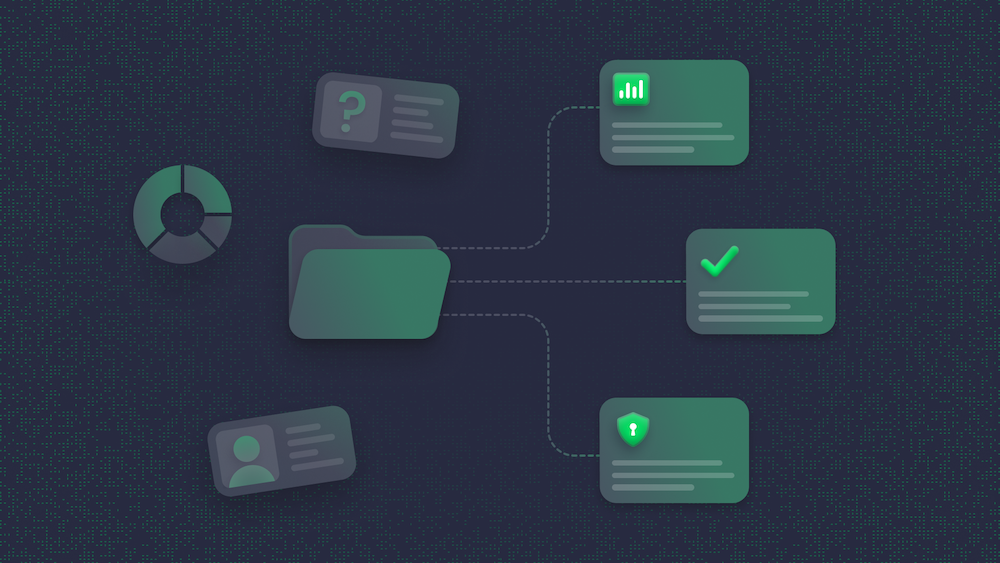[.green-span]The Rise of Multi-Lender Orchestration: What It Means for Lenders [.green-span]

Understanding Multi-Lender Orchestration
At its core, multi-lender orchestration refers to the process of integrating and managing multiple lending partners through a centralized technology platform. Rather than relying on a single lender or manually coordinating with multiple institutions, this approach automates the selection, routing, and approval processes across a network of lenders in real time.
Think of it as a lending "ecosystem" where various lenders like banks, credit unions, alternative financiers are seamlessly connected through APIs and decisioning engines, allowing platforms to match borrowers with the best-fit financial products instantly.
Why It’s Gaining Momentum
- Speed and Efficiency: Traditional lending workflows are time-consuming, often requiring manual underwriting and individual communication with each lender. Multi-lender orchestration automates these processes, significantly reducing time-to-approval and improving operational efficiency.
- Improved Approval Rates: By tapping into a broader network of lenders, platforms can match applications with lenders whose criteria best align with the borrower’s profile, increasing the likelihood of approval.
- Enhanced Customer Experience: Borrowers expect seamless digital experiences. Multi-lender orchestration allows for real-time offers, transparent comparisons, and faster funding. All key factors that enhance borrower satisfaction and loyalty.
- Risk Mitigation: Diversifying across multiple lenders helps distribute risk more effectively, protecting platforms from over-reliance on any single funding source.
What This Means for Lenders
For lenders, the rise of multi-lender orchestration presents both challenges and opportunities.
More Competition, But Greater Reach Being part of an orchestrated network means lenders are no longer the sole option for a borrower. They’re competing in real time against others. However, this also opens up access to a broader pool of borrowers who may not have otherwise discovered or considered their financial products.
Data-Driven Decisioning With orchestration platforms aggregating and analyzing borrower data at scale, lenders gain access to rich insights that can inform underwriting models, product development, and risk management strategies. The result is smarter, more targeted lending.
API-First Mindset To participate effectively in multi-lender orchestration, lenders must embrace an API-first approach. Seamless integration with orchestration platforms is essential to provide real-time pricing, risk models, and approval decisions.
Opportunities for Specialization As orchestration platforms match borrowers with lenders based on niche criteria, lenders have the opportunity to specialize in specific verticals or borrower segments where they have a competitive advantage: be it in terms of risk appetite, pricing, or turnaround time.
The Future of Lending is Collaborative
Multi-lender orchestration is more than a technological trend. It’s a shift toward a more collaborative and efficient financial ecosystem. For lenders, it’s a call to modernize infrastructure, embrace interoperability, and focus on value-added differentiation.
At Lendflow, we’re helping financial institutions and fintech platforms tap into the power of multi-lender orchestration. Our embedded credit infrastructure makes it easy to connect with a curated network of lenders, streamline workflows, and deliver superior borrower experiences, all through a single integration.
As the lending space continues to evolve, those who adapt to the orchestration model will be best positioned to thrive in the next generation of digital finance.










.png)




